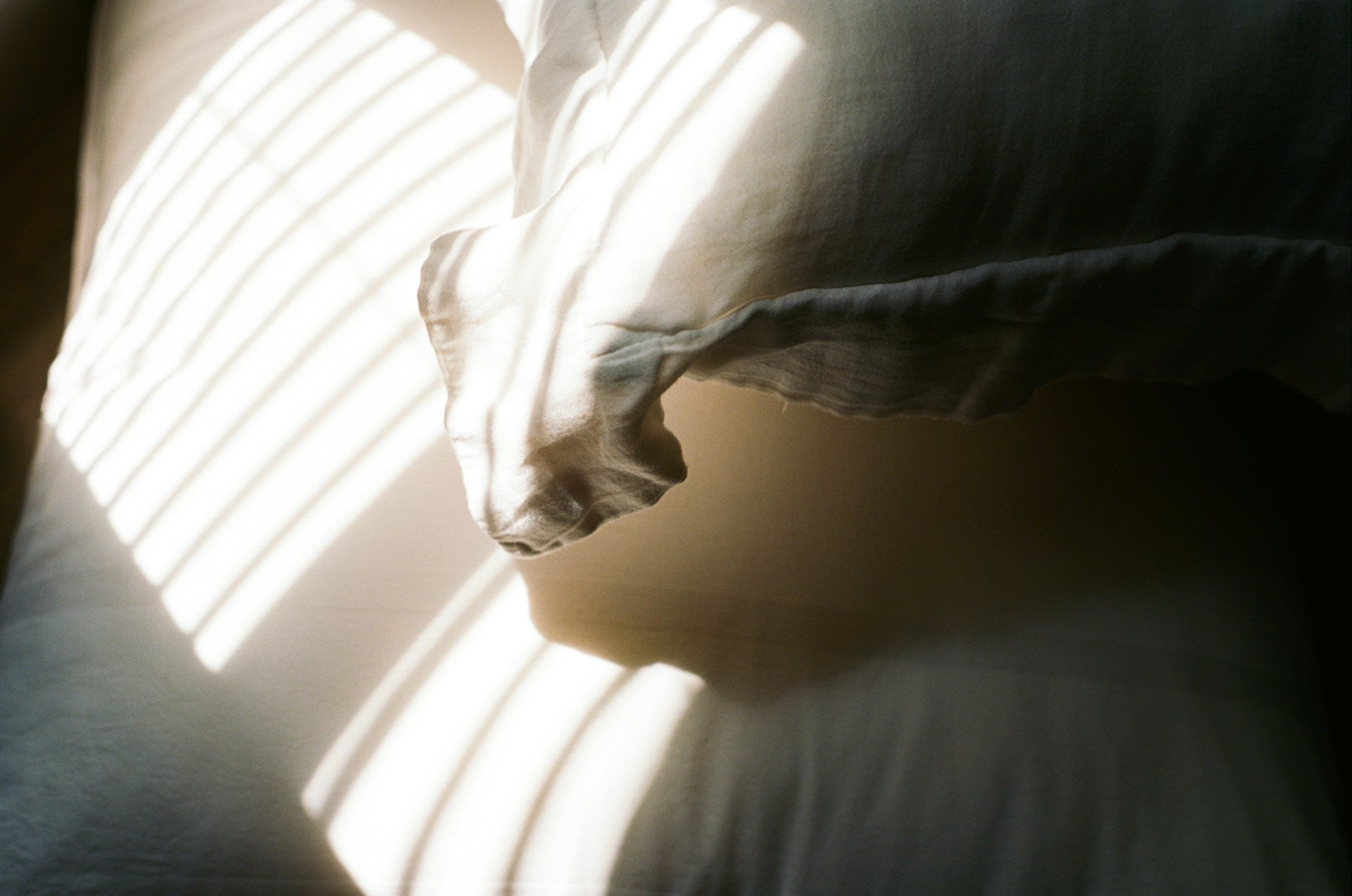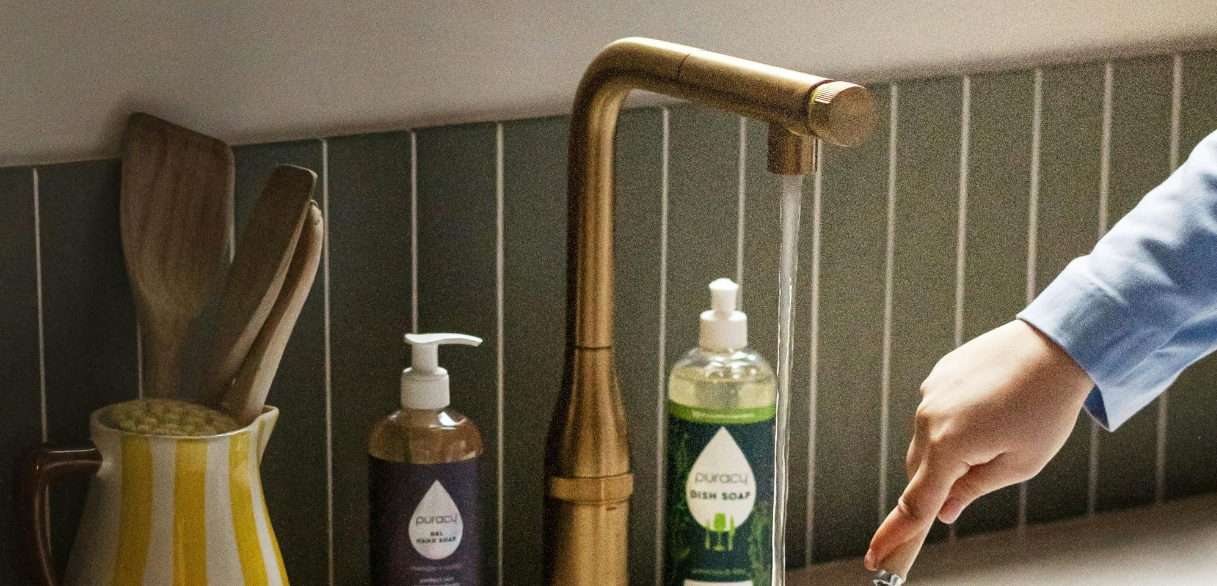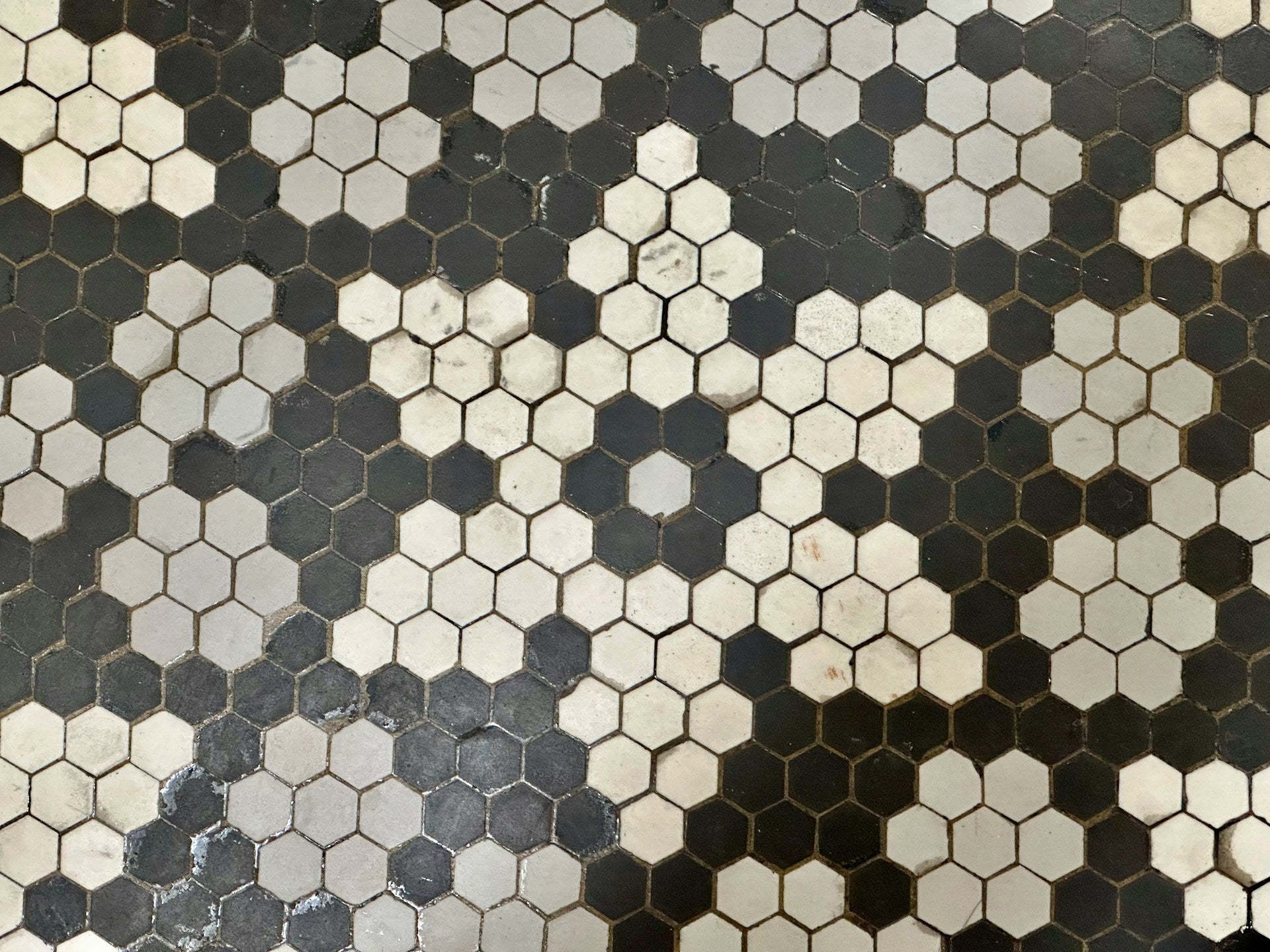
How to Clean Memory Foam Pillows: Expert Tips and Techniques
Memory foams are a popular sleep companion for pressure relief while supporting the neck and spine. They’ve become increasingly popular due to their superior comfort and support, with over 30% of U.S. households now preferring them over traditional pillows. Learn tips and tricks for properly cleaning and maintaining them so they remain hygienic and durable over their lifetime of service.
What’s Special About Memory Foam Pillows?

Memory foam is made from a type of polyurethane combined with various chemicals to enhance its density and viscosity. This allows it to mold to the shape of your head and neck, promoting proper spinal alignment and reducing strain on your upper body muscles. It also helps in maintaining coolness throughout the night due to their breathable design, making them ideal for hot sleepers.
Caring for Your Memory Foam Pillow

Cleaning your memory foam is different from a regular pillow due to the material with which it is constructed. Regular pillows, such as those filled with feathers or synthetic materials, can often be machine washed and dried. Memory foam pillows, however, need a more delicate approach to prevent structural damage and manual cleaning is recommended.
What you’ll need:
- Vacuum cleaner with upholstery attachment
- Laundry Detergent
- Baking soda
- Hairdryer
Steps
Quick Clean
- Remove the pillow case and deodorize the memory foam pillow by sprinkling baking soda. Let that sit for an hour and vacuum it off using the upholstery attachment.
- For visible stains, mix a mild detergent with water and dip a small part of a cloth in the solution and gently dab it on the memory foam without soaking it.
- Wet another portion of the cloth with just water and gently dab it on the stained area to rinse it.
- Use a hairdryer on the cool setting to speed up the drying process.
Deep Clean
- Fill a large basin, a little bigger than your memory foam pillow, and fill it with lukewarm water.
- Mix in a halfway pump of laundry detergent into the basin with water.
- Submerge the memory foam pillow while gently squeezing all areas to allow the solution to penetrate the foam.
- Drain the soapy water and refill the basin with clean water. Squeeze the pillow to remove all soap residue. You may have to do this 2-3 times to completely rinse the soap.
- Let it dry in a well-ventilated area but not under direct sunlight.
Maintenance and Cleaning Tips
- Clean spills immediately to prevent stains from setting.
- For tough stains, use an enzyme-based stain remover, such as our Natural Laundry Stain Remover.
- Use baking soda to neutralize odors from sweat and stains left on the pillow.
- Use pillow protectors to minimize the need for frequent deep cleaning.
- Air out your pillow every week to keep it fresh.
FAQs

How often do you clean memory foam pillows versus regular pillows?
Clean memory foam pillows every 1-2 months, while regular pillows can be cleaned more frequently, every few weeks.
What are the benefits of cleaning/washing pillows?
Regular cleaning reduces allergens, maintains hygiene, and extends the pillow's lifespan.
How often to replace memory foam pillow?
Replace memory foam pillows every 18-36 months, depending on usage and care.
What should I do if my memory foam pillow has a strong odor?
New memory foam pillows often have a slight odor, known as off-gassing. To reduce this, air out the pillow in a well-ventilated area for a few days before use.
Are memory foam pillows good for people with allergies?
Yes, memory foam pillows can be hypoallergenic and resistant to dust mites, making them a good choice for people with allergies. While it’s not impossible, a memory foam's dense structure makes it difficult for dust mites to penetrate, reducing allergen exposure.
What is the best way to dry a memory foam pillow?
Air drying is the best method. Lay the pillow flat in a well-ventilated area and avoid direct sunlight and heat sources. It can take up to 24 hours to dry completely.
Do memory foam pillows lose their shape over time?
High-quality memory foam pillows are designed to retain their shape for a long time, but they may eventually lose some of their resilience. Properly maintaining the pillow can help prolong its shape and support.


























